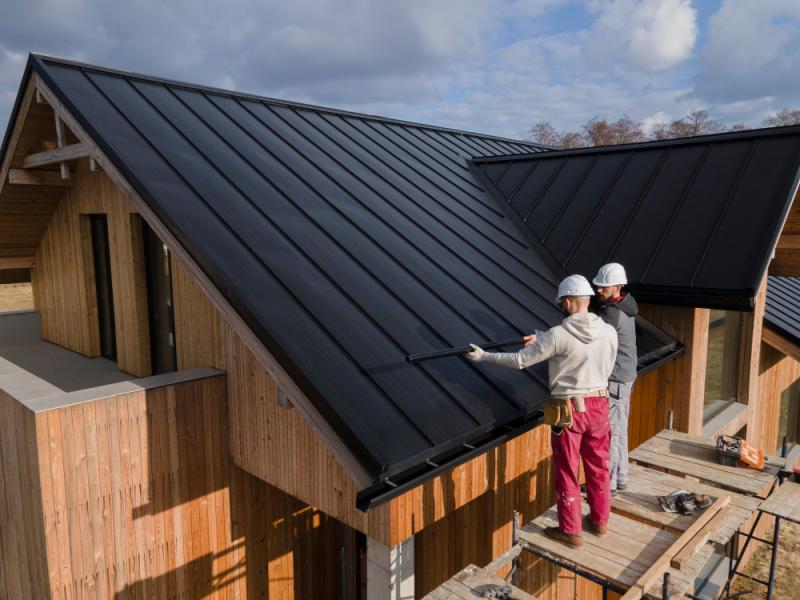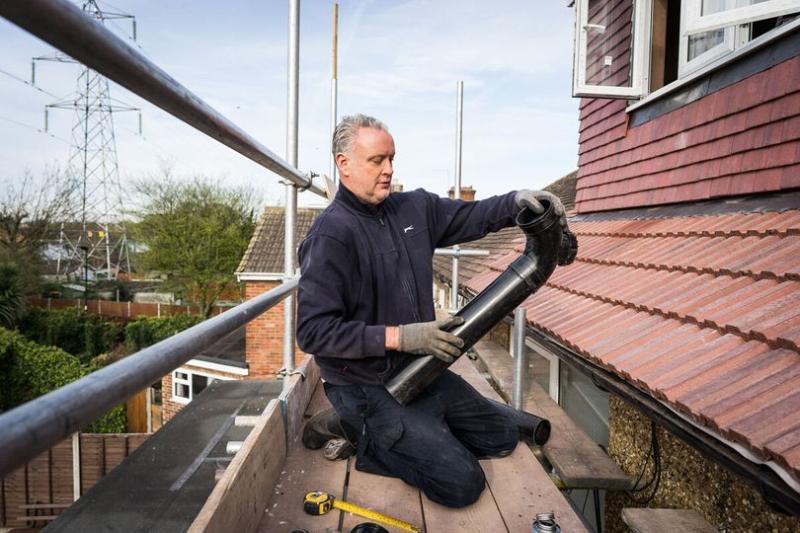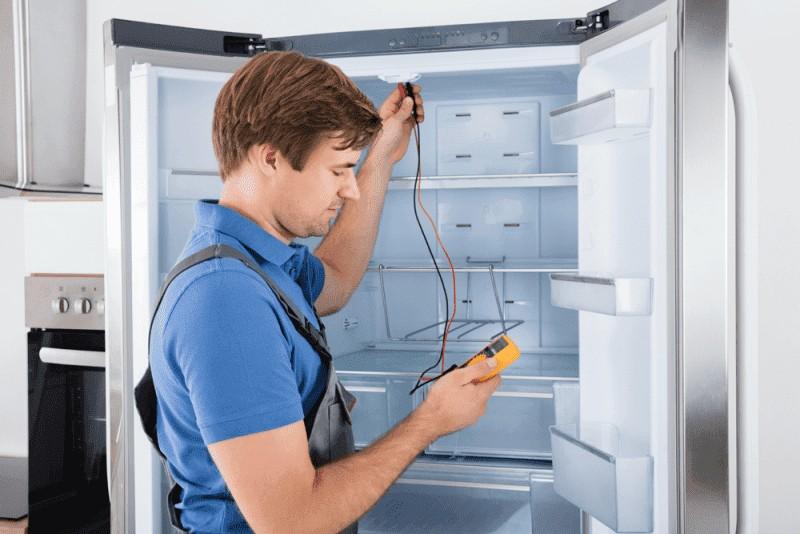How Solar Mobile Lighting Towers are Changing the Game for Emergency Response Teams
![]() Introduction to Solar Mobile Lighting Towers
Introduction to Solar Mobile Lighting Towers
Welcome to the future of emergency response! Imagine the power in your hands: a team swiftly setting up powerful lighting in remote locations, providing safety and visibility when needed. This is the reality with Solar Mobile Lighting Towers - the innovative solution revolutionizing emergency response teams' operations. Join us as we delve into how these cutting-edge towers empower those on the front lines of crises. Let's shine a light on the impact of solar mobile lighting towers in times of need!
The Benefits of Using Solar Mobile Lighting Towers for Emergency Response
When it comes to emergency response situations, time is of the essence. Having reliable lighting is not just crucial, it's a lifeline for ensuring rescue operations can be carried out effectively, especially in areas with limited access to electricity. Solar mobile lighting towers offer a sustainable solution by harnessing the sun's power to illuminate when and where needed, providing a beacon of relief and reassurance in the darkest of times.
One significant benefit of using solar mobile lighting towers is their portability. These units are easily transported and set up quickly, making them ideal for rapid deployment in natural disasters or search and rescue missions. Their versatility allows them to be used in remote locations without access to traditional power sources.
Furthermore, solar mobile lighting towers are not just cost-effective, they are also eco-friendly champions. By reducing reliance on diesel generators or grid-based electricity, organizations can save on fuel costs while minimizing their carbon footprint. This eco-friendly approach benefits the environment and contributes to sustainable practices in emergency response efforts, making us all responsible stewards of our planet.
In addition, solar mobile lighting towers require minimal maintenance compared to conventional options. With fewer moving parts and no need for constant refuelling, these units offer a low-maintenance solution that ensures consistent performance during critical operations. Incorporating solar mobile lighting towers into emergency response strategies provides a reliable and sustainable light source when it matters most.
Case Studies: Real-Life Examples of Solar Mobile Lighting Towers in Action
When emergencies strike, a quick and efficient response is crucial. Solar mobile lighting towers are game-changers for emergency response teams worldwide. In a recent case in a remote area hit by a natural disaster, Sigma Search Lights Ltd provided solar mobile lighting towers that illuminated the entire site, enabling rescue operations to continue seamlessly through the night.
In another real-life scenario during a power outage in an urban setting, these innovative lighting solutions were deployed to ensure safety and visibility for emergency personnel working round the clock. The versatility of solar mobile lighting towers was evident as they easily adjusted to different terrains and situations with minimal setup time required.
The impact of these sustainable solutions goes beyond just providing light; they also reduce carbon footprint and reliance on fossil fuels during critical times when resources are strained. As more organizations recognize the benefits of solar technology in emergency response efforts, we can expect to see even greater adoption and innovation in this field.
How Solar Mobile Lighting Towers Compare to Traditional Options
When it comes to emergency response, efficiency is critical. Solar mobile lighting towers are revolutionizing how teams operate in dark or remote areas. These towers stand out for their sustainable and cost-effective nature, a stark contrast to traditional options like diesel-powered generators.
One significant advantage of solar mobile lighting towers is their eco-friendly nature. By harnessing the sun's power, they reduce carbon emissions and reliance on fossil fuels. This benefits the environment and ensures a cleaner and healthier workspace for emergency responders.
Additionally, solar towers are highly versatile and easy to deploy. Their mobility allows for quick setup in various terrains without complex infrastructure or fuel storage. This flexibility can be crucial during time-sensitive operations where every minute counts.
Furthermore, solar mobile lighting towers require minimal maintenance compared to traditional options. With fewer moving parts and no ongoing fuel costs, they offer a reliable illumination source with reduced downtime risk.
When weighing the pros and cons, it's clear that solar mobile lighting towers outshine traditional alternatives regarding sustainability, versatility, and cost-effectiveness.
The Future of Emergency Response with Solar Mobile Lighting Towers
As technology advances, the future of emergency response is being revolutionized by using solar mobile lighting towers. These innovative solutions provide a reliable light source in critical situations, enhancing visibility and safety for first responders and victims alike.
With their portable and autonomous design, solar mobile lighting towers offer flexibility and efficiency during emergencies. They can be quickly deployed to remote locations or areas without access to traditional power sources, ensuring no corner is left in the dark during rescue operations.
Moreover, these eco-friendly units reduce reliance on fossil fuels and minimize environmental impact. As sustainability becomes increasingly important in all industries, solar mobile lighting towers lead toward greener emergency response practices.
Incorporating cutting-edge technology like motion sensors and remote monitoring capabilities further enhances the effectiveness of these lighting solutions. The future holds endless possibilities for how solar mobile lighting towers will continue to improve emergency response efforts worldwide.
Factors to Consider When Choosing a Solar Mobile Lighting Tower
When selecting a solar mobile lighting tower for emergency response needs, there are crucial factors to consider. Assess the brightness and coverage of the lights provided by the tower. It's essential to ensure that it meets the requirements of your specific operation or event.
Evaluate the durability and weather resistance of the unit. Since emergency scenarios can be unpredictable, having a robust lighting tower that can withstand various conditions is vital for reliability.
Additionally, look into the ease of transportation and setup of the solar mobile lighting tower. A portable and user-friendly system will enable quick deployment during critical situations.
Consider the power source and battery capacity to guarantee continuous operation throughout extended use without interruptions. This ensures uninterrupted illumination when needed most.
Factor in any additional features, such as remote monitoring capabilities or adjustable height options, that could enhance efficiency and convenience in emergency response scenarios.
Conclusion
The emergence of solar mobile lighting towers has revolutionized how emergency response teams operate in critical situations. These innovative solutions offer a sustainable and efficient alternative to traditional lighting options, providing reliable illumination in remote or disaster-stricken areas.
Solar mobile lighting towers are becoming indispensable tools for emergency responders worldwide with benefits such as energy efficiency, portability, and versatility. Real-life case studies have demonstrated their effectiveness in enhancing visibility and safety during rescue missions and disaster relief efforts.
As technology advances, we can expect even more sophisticated features and capabilities from solar mobile lighting towers. Emergency response teams can optimize their operations and better serve those in need by considering factors like brightness levels, battery capacity, and durability when choosing a unit for deployment.
In conclusion, Solar Mobile Lighting Towers from Sigma Search Lights Ltd are genuinely changing the game for emergency response teams with their reliability, sustainability, and effectiveness. As these units become more prevalent in disaster management strategies worldwide, they will undoubtedly play a pivotal role in saving lives and supporting communities during times of crisis.










Comments